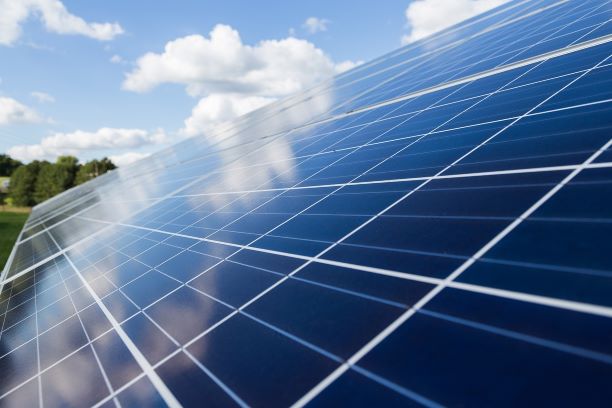Some of these challenges were always there, they are only bigger now, while others have emerged with time. The signs have been clear. Thus, while there were barely any cancellations in 2017, 2018 saw a plethora of cancellations due to ‘high prices’ or inadequate bidders. So just what are these challenges? We list them in no order of priority.
- The Discoms. The state distribution firms, or discoms as they are collectively called, have been the biggest cause for worry. As the ultimate customers for solar power producers, their financial situation continues to be dire in most cases, and they have managed to make the collective power sector a fragile sector. with total outstandings crossing Rs 35,000 crores, solar developers also face the brunt of payment delays and worse. Most importantly, with the majority of renewable power being produced by private sector, their financing cost and access to funding itself is much more higher and limited, as compared to state producers like NTPC etc. It would be fair to say that behind almost every challenge today, the state of the discoms is a factor.
- Land trips up solar too: With almost 5 acres of land needed for every MW of solar power produced, state land policies and access to the same was always going to be a challenge. It seems that the low hanging fruit, in the form of land acquisition is fast nearing an end. Gujarat is an extreme case of the consequences, where developers are actually changing plans due to the state’s policy change on land. But expect land costs to only go up, especially in South India, as pressure mounts. Add to that, transmission challenges, and you have a recipe for a much higher risk profile for new projects.
- Costs and profits: If 2017 made India a global hotspot for solar development, 2018 was a year to sober up. Developers who rushed in to bid at low prices all the way to mid 2018, are finding it increasingly harder to squeeze out profits on their bids, going by most industry insiders. Volatility in exchange rate movements, and bets on a one way movement (down) on panel costs have also not come true fully, limiting their ability to continue bidding. Thus, while some developers established a foothold by way of a few projects, they seem to be holding out for more clarity on long term policy, especially when it comes to domestic sourcing.
- Policy: As long as the sector continues to depend on government policy, we believe it will never quite thrive as it should. However, with the power sector being so critical to the government and consumers, the policy overhang is set to remain. It is clear that the industry need to see some big bang reforms in the broader power sector to see benefits percolate down to it. The corporate solar market offers some hope,as intra state trading and buying could become easier. Rooftop solar is the only silver lining here, offering an opportunity to continue growing with more freedom on pricing and quality. However, even there, it is the state level policies that have failed to deliver, making growth a real challenge. Another possible way out is to literally go out of the country and apply their skills in other markets for better margins. Most new markets offer better margins for the quality developer, and opportunities there are set to explode in the next two years, much like India during 2015-18.
- Finally, the complete disconnect between producers and manufacturers. With the government intent on pushing manufacturing in India, there has rarely been a bigger disconnect between producers and manufacturers. Most solar producers are not in favour of manufacturing, as they believe India has fallen too far behind China, and Solar manufacturing is a lost case. Manufacturers on the other hand continue to make a case for a base in the country too, considering the long term demand and opportunity to create jobs and more in this strategic sector. As of now, the government has tried to balance the interests of both, and predictably, pleased none. The safeguard duty has lead to barely any positive outcome, while adding enough uncertainty to cause a clear slowdown in fresh capacity additions.
Let’s hope the year 2019 will clear the air for all stakeholders in the system.

